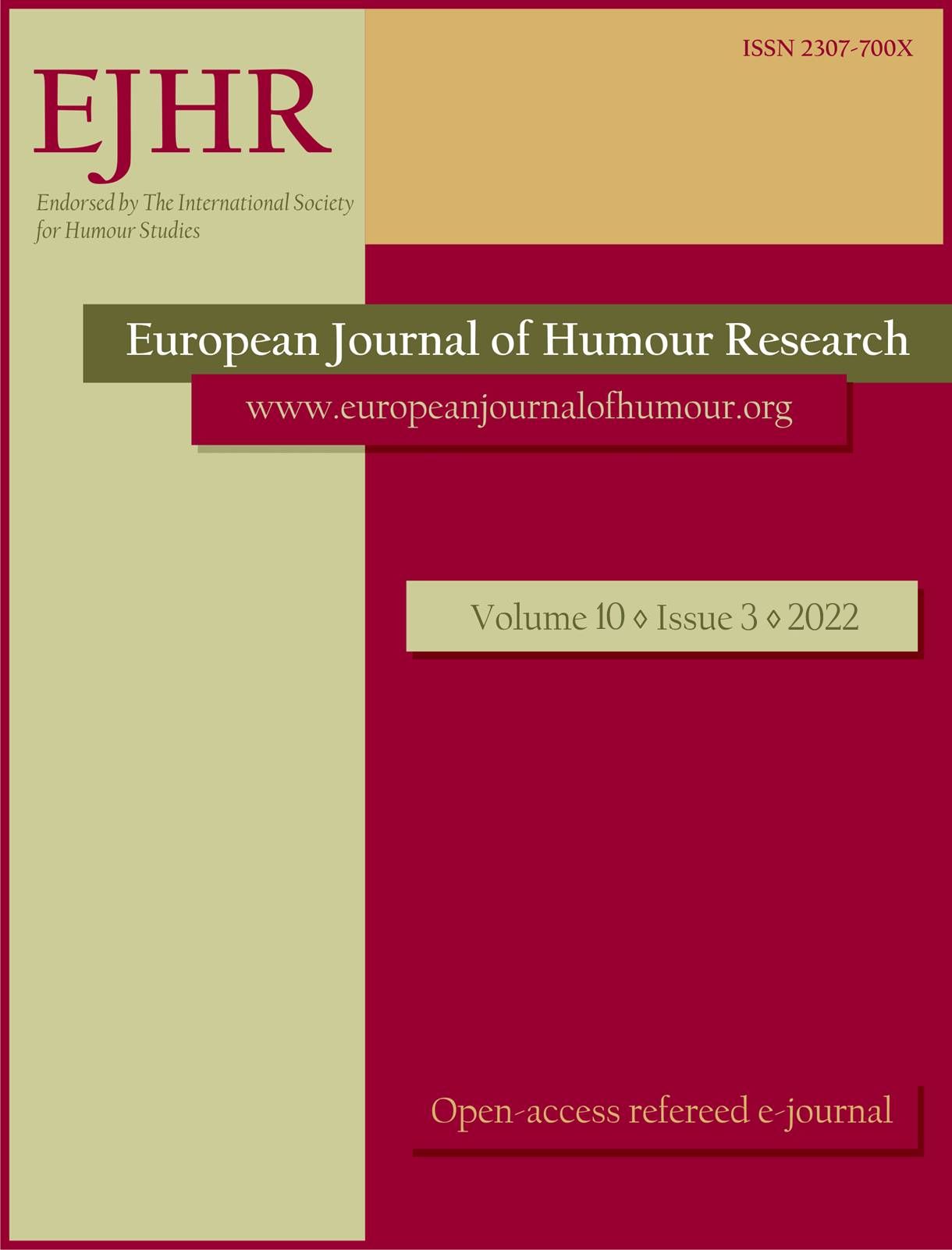The effect of laughter yoga on working memory:
The effect of laughter yoga on working memory:
A pilot study
Author(s): Shahinoor Rahman, Farida Binte WaliSubject(s): Anthropology, Social Sciences, Psychology, Customs / Folklore, Communication studies, Sociology, Cultural Anthropology / Ethnology, Social psychology and group interaction, Personality Psychology, Psychology of Self, Behaviorism
Published by: Krakowskie Towarzystwo Popularyzowania Wiedzy o Komunikacji Językowej Tertium
Keywords: laughter; working memory; visual-spatial working memory; simulated laughter
Summary/Abstract: A growing body of evidence suggests that there is a link between laughter and memory. However, no research has been done to show a link between simulated laughter (laughter yoga) and the enhancement of working memory. Because laughter has numerous benefits, we examined whether simulated laughter can improve healthy adults’ working memory (WM). A total of 30 participants (15 experimental and 15 control) were enrolled in this study. The research design was experimental and pretest-posttest with a control group. Participants in the laughter yoga intervention group had eight sessions twice a week for four weeks, whereas the control group received no intervention. We assessed all participants before and after laughter activity with the WM measures (Corsi Block Test and Digit Span). The laughter intervention programme focused on simulated laughter (laughter yoga) without relying on humour, jokes, or comedy. The results revealed a significant improvement in the memory of both visual and verbal WM performances in the experimental group after the intervention programme. In contrast, the study found no significant differences in the control group. Simulated laughter intervention is the easiest, practical, and cost-efficient method that seems to affect WM positively.
Journal: The European Journal of Humour Research
- Issue Year: 10/2022
- Issue No: 3
- Page Range: 78-87
- Page Count: 10
- Language: English

